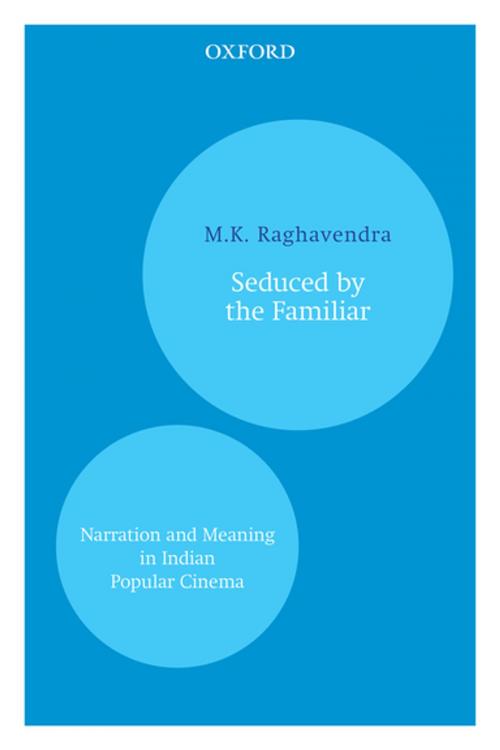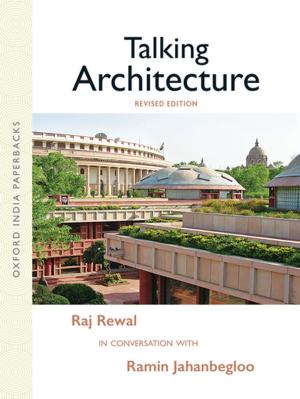Seduced by the Familiar
Narration and Meaning in Indian Popular Cinema
Nonfiction, Art & Architecture, General Art, Art Technique, Entertainment, Performing Arts, Social & Cultural Studies, Social Science| Author: | M.K. Raghavendra | ISBN: | 9780199087983 |
| Publisher: | OUP India | Publication: | December 15, 2014 |
| Imprint: | OUP India | Language: | English |
| Author: | M.K. Raghavendra |
| ISBN: | 9780199087983 |
| Publisher: | OUP India |
| Publication: | December 15, 2014 |
| Imprint: | OUP India |
| Language: | English |
Hindi popular cinema has played a key role as a national cinema because it assisted in the imagining of a unified India by addressing a public across the nation-to-be even before 1947. Examining the diverse elements that constitute the 'popular' in Indian cinema, M.K. Raghavendra undertakes, in this book, a chronological study of films to speculate on narrative conventions, thematic continuities, myths, archetypes, and other formal structures that inform it from its hesitant beginnings up to the 1990s. A significant contribution to film studies, the book makes crucial connections between film motifs and other aspects of culture, exploring the development of film narrative using the social history of India as a continuing frame of reference.
Hindi popular cinema has played a key role as a national cinema because it assisted in the imagining of a unified India by addressing a public across the nation-to-be even before 1947. Examining the diverse elements that constitute the 'popular' in Indian cinema, M.K. Raghavendra undertakes, in this book, a chronological study of films to speculate on narrative conventions, thematic continuities, myths, archetypes, and other formal structures that inform it from its hesitant beginnings up to the 1990s. A significant contribution to film studies, the book makes crucial connections between film motifs and other aspects of culture, exploring the development of film narrative using the social history of India as a continuing frame of reference.















